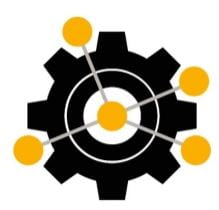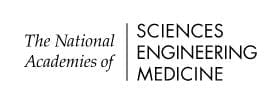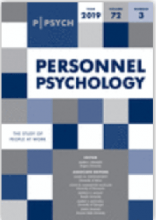Work Science Center Network members Deborah Rupp and Lisa Finkelstein noticed a gap in the literature around workers with disabilities. While studies had oft examined outcomes of people with stigmatized identities, including those with disabilities, they did not find much research featuring the voices of workers with disabilities. To remedy this gap, and to dig deeper into the research on stigmatized identities, they conducted semi-structured interviews with twenty-eight workers who have a disability.
In particular, Finkelstein, Rupp, and their team wanted to hear about the experiences of workers with concealable disabilities. When hearing the word “disability,” many visible impairments, such as blindness, congenital disorders and such may spring to mind, but what about HIV? What about chronic back pain? The research team noted that these types of disabilities afford an individual the opportunity, the choice, to conceal them if they so desire. Prior research indicates that if a person can hide a stigmatized identity, it’s likely that they will do so. Ironically, the agency this choice provides does not correlate with higher well-being. The present study wanted to dig into the reasons that affect whether or not a person with a concealable disability would do so, and why. In fact, literature suggests that the deleterious effects on well-being may even intensify with a concealable identity.
In their interviews, they found two core factors that influenced stigmatized identity management and five themes that emerged from the interviews. Participants talked about how salient their concealable disabilities were as a major factor – or rather, how much they thought or were concerned about their disability. The second core factor was the anticipated stigma they would experience if they revealed their disability. Participants talked about worrying those others would view them as less competent, as seeking attention, and so forth. Even though the participants who had shared about their disability hadn’t necessarily experienced more discrimination, they communicated that the anticipated stigma had greater impact on their decisions of whether or not to diclose.
The researchers closed by suggesting numerous workplace and national policies that could help to protect workers who have concealable disabilities. Similarly, they urged further study on other factors that could impact people managing stigmatized identity. They presented intersectionality, or studying how people navigate multiple stigmatized identities simultaneously, of special interest.
Santuzzi, A.M., Keating, R. T., Martinez, J. J., Finkelstein, L. M., Rupp, D. E., & Strah, N. (2019). Identity Management Strategies for Workers with Concealable Disabilities: Antecedents and Consequences. Journal of Social Issues 0 (0), pp. 1-34. doi: 10.1111/josi.12320









